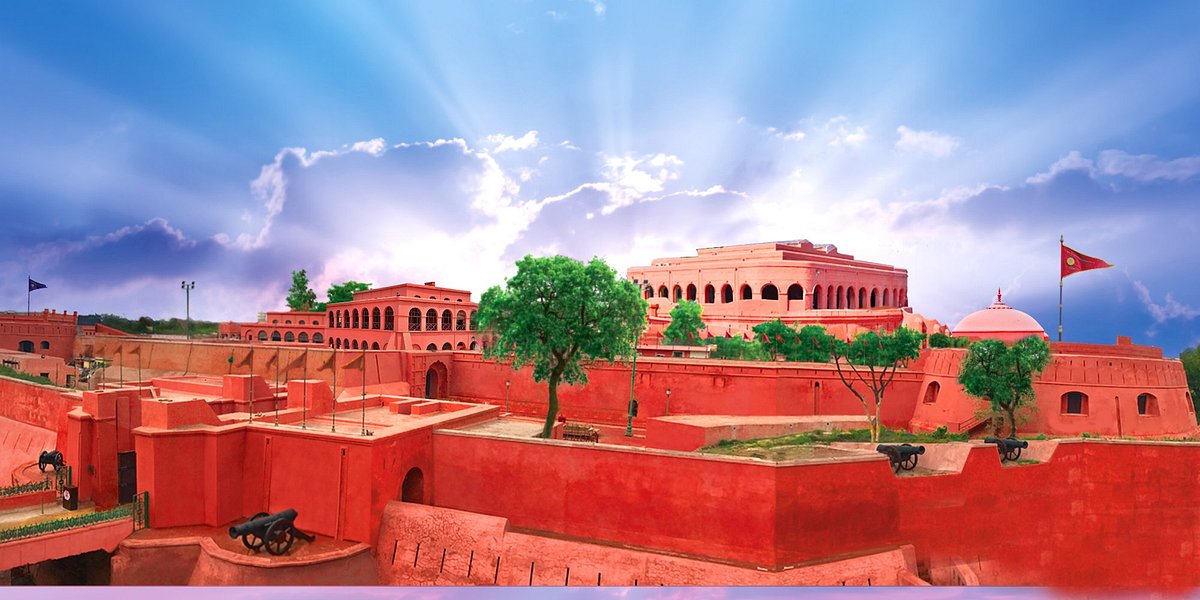-
Call us now9878969927
-
Email nowAbib.travel7@gmail.com
-
AddressAmritsar cantt near putlighar chowk (Punjab)
Everything your Cab business
needs is already here!

The Golden Temple is actually just a small section of the massive complex of Harmandir Sahib. Amrit Sarovar is a revered tank located in the complex and its water is believed to have healing powers. Then there is the Harmandir that leads to the Guru’s Bridge. This path symbolises the journey of the soul after death. The golden edifice is truly a sight of beauty and awe, and an embodiment of calmness and spirituality. You must also visit the Sikh Museum which is located inside the main entrance of the clock tower. This museum displays the atrocities endured by the Sikhs at the hands of the Mughals, the British and the Indian Government of 1984. The Ramgarhia Bunga in the temple complex is a protective fortress located at the southeast end of the tank.
The Jallianwala Bagh today is a public garden that houses a memorial to commemorate the massacre of thousands of innocent lives by the British forces. Jallianwala Bagh was established in 1951 and the massacre memorial was inaugurated by Dr Rajendra Prasad in April,1961. The beautiful park occupies an area of over 6.5 acres of land. There is a narrow lane between the nearby houses which leads to the park. A memorial tablet has been put up at the entrance and it serves as a reminder of the terrible event


Wagah Border lies on the Grand Trunk Road and separates Amritsar in India, and Lahore in Pakistan. Since 1959 the flag ceremony is being conducted every day at sunset. This is an event organized by the Indian Border Security Force and Pakistan Rangers. Wagah border is the last place to visit in this one day city tour. The Wagah Border is located at a distance of 28 km from Amritsar. Every evening, troops from the Indian and Pakistan military meet at the border post to participate in a 30-minute display of military extravaganza.
Gobindgarh Fort – the very symbol of Punjab. A character of the times when Punjab was forged. Spread across a grand 43 acres, right in the heart of Amritsar city, this magnificent heritage site has a glorious history of its own. It spans 263 years, right from the era of the Bhangi Misl to Maharaja Ranjit Singh to the British East India Company to the Indian Army. Now finally, it opens its gates to the people of Punjab. Despite being under restoration, the Gobindgarh Fort has gained popularity in such a short time and has become one of the best tourist places in Amritsar. Due to its importance in Amritsar’s history. Many visitors have already declared it one of India's best places. Discover the grand stories of the past. Discover the history of one of the best historical places in Punjab.


Durgiana Temple of Amritsar is also known as Lakshmi Narayan Temple. Any unspecified photograph of this temple will lead to confusing it for the famous Golden Temple! In its architecture, the temple does not resemble a traditional Hindu temple, but that of the Golden Temple. Durgiana Temple rises from the midst of a tank and has coverings and a central dome. This beautiful temple dedicated to Goddess Durga was built by Guru Harsai Mal Kapoor and its foundation stone was laid by one of India’s most important political leaders, Pandit Madan Mohan Malviya.
An Important pilgrimage for the Hindus, Ram Tirath Temple dates back to the Ramayana Period. It is believed to be the ashram of Sage Valmiki, where Mata Sita took shelter on being abandoned by her husband Lord Rama. Luv and Kush, the sons of lord Rama are believed to have been born here. The entire complex has a number of temples, which exhibit scenes from Ramayana. An annual fair of four days every year in November draws a large number of devotes to this place.It is a massive complex which is situated 11 km west of Amritsar. A sarovar with fountains adds charm to the place.
